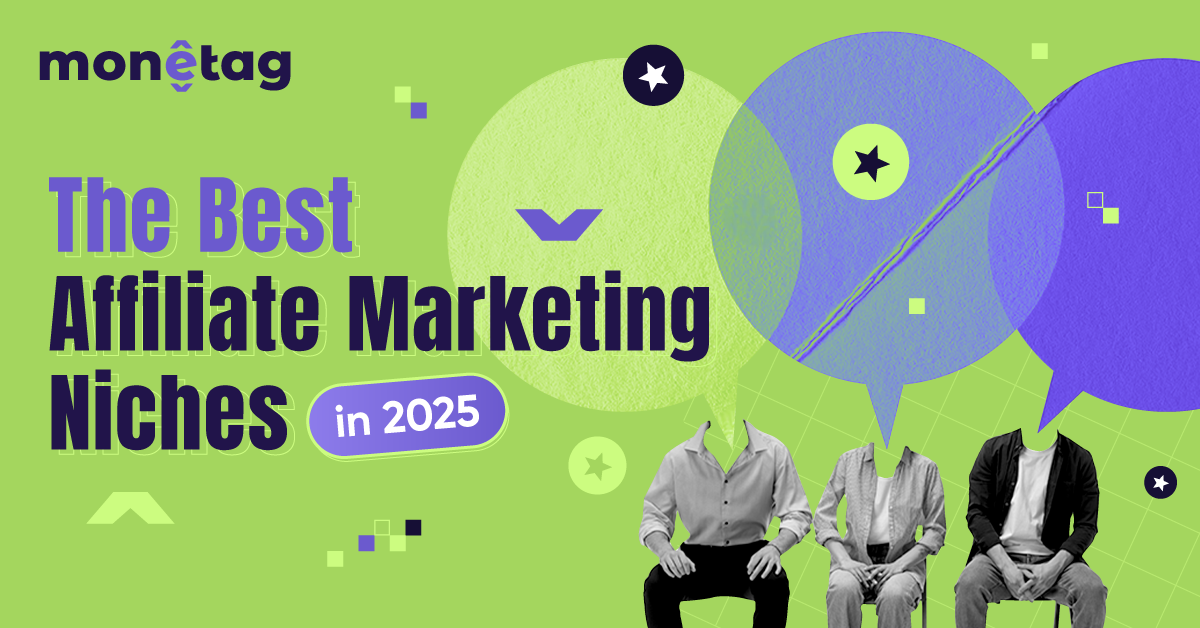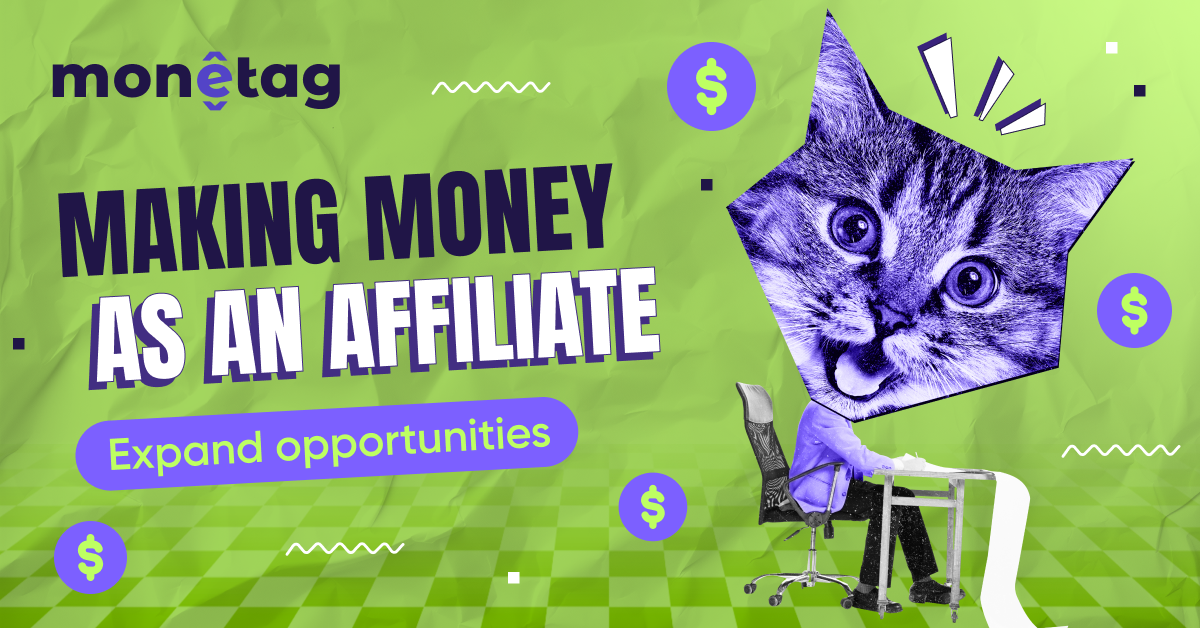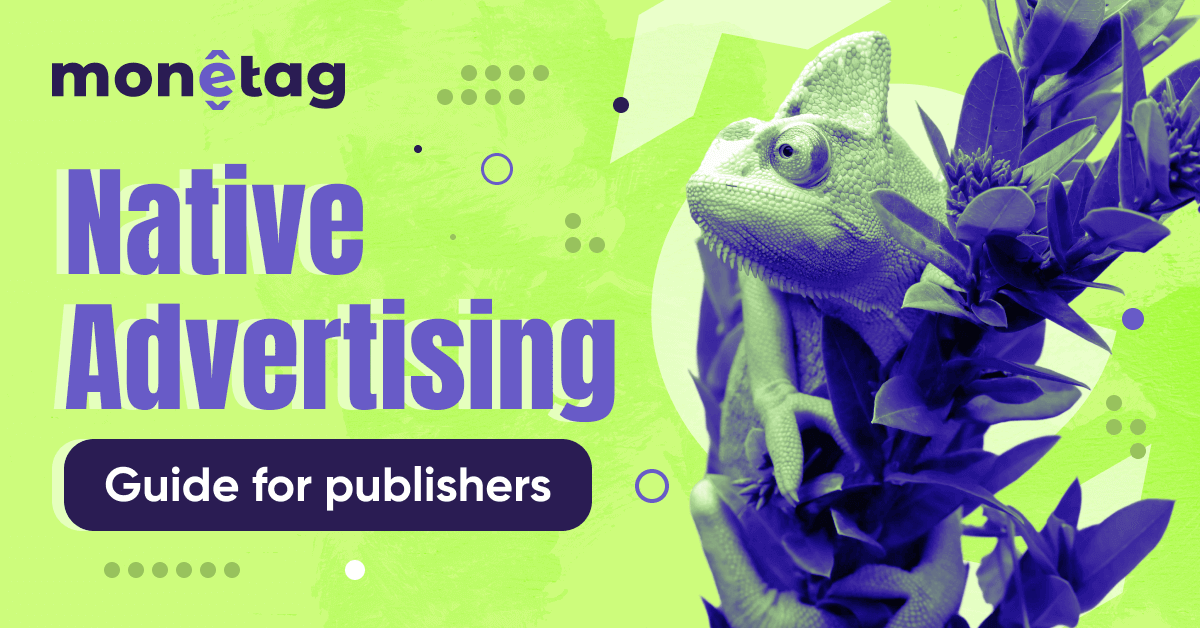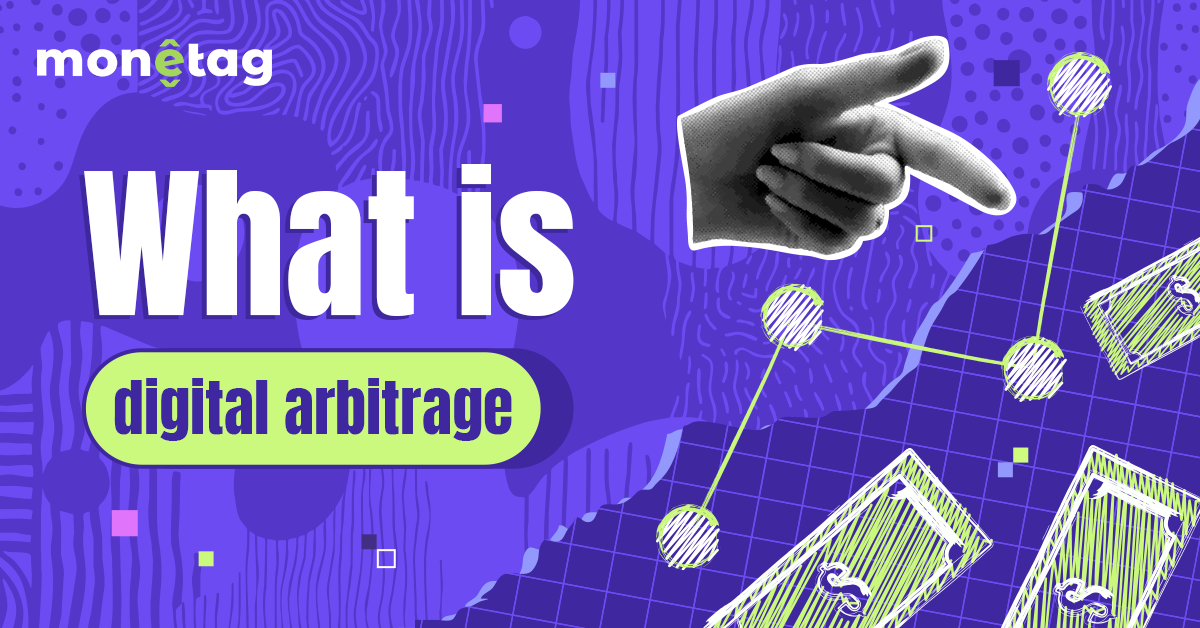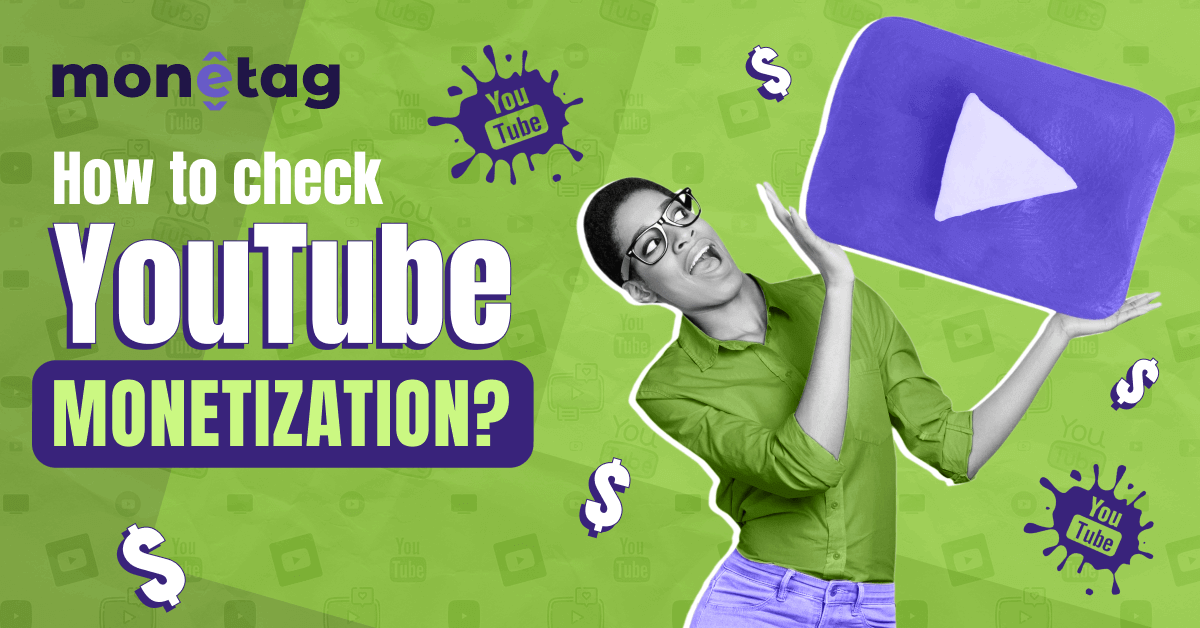| Model | What you get paid for | Fit for you as publisher? |
|---|---|---|
| Pay-Per-Sale (PPS) | A percentage when a sale happens | High reward, good for product review or niche sites |
| Pay-Per-Lead (PPL) | When someone signs up/downloads/free trial | Lower reward, good for list-building or niche info sites |
| Pay-Per-Click (PPC) | When a click happens via your link | Low barrier, but lower payout; less focus on conversion fidelity |
Affiliate Marketing 101: The Publisher’s Roadmap to Profit

So, here you are. A publisher–blogger, niche site owner, creator, or just someone sitting on traffic ripe for monetisation, and wondering what is affiliate marketing? Good for you, because affiliate marketers are from the same ecosystem as you are!
And if you are not sure that you know exactly what they do and how it helps you monetize, then read on – this is your guide to all you should know about this industry.
You’ll see what affiliate marketing for beginners really means, why it’s legit, how you do it, and how you can pick Monetag as your go-to platform to make it happen.
1. What Is Affiliate Marketing? A Quick Definition
Affiliate marketing is a performance-based model where you (the publisher) promote someone else’s product or service and earn a commission when your referral leads to a sale or other desired action.
Here’s how the industry describes it:
Affiliate marketing is a performance-marketing strategy where affiliates earn commissions. But what for? Promoting products or services, that’s what.
So, from your side, you don’t handle inventory or customer service. You keep your existing content or traffic, insert links or calls-to-action.
And when the conversion happens, you get paid.
2. Why You, as a Publisher, Should Care
For starters, affiliate marketing allows you to monetise existing traffic. And it comes with a low overhead, high reward.
Instead of shipping products or dealing with returns, you’re leveraging your platform and have a scalable strategy. And with the right traffic and conversions, you can turn it into a revenue stream that grows without your workload growing proportionally.
But above all, it’s a legitimate business model. It’s widely used, reputable, and part of the modern digital-marketing toolkit.
3. How Affiliate Marketing Works
Step-by-step, here’s how you get in and run with it:
- Pick your niche and audience. You know your site or traffic, so you can choose products/services that align with it best.
- Join an affiliate program. You can do it directly with a brand or with a network.
- Get your unique affiliate link. That link tracks when visitors you send convert.
- Promote it within your content. It can be blog posts, reviews, email lists, or social channels.
- Drive the conversion. Once the visitor clicks your link, completes the action (sale/lead), you earn the commission.
As one beginner guide summarises: “You enroll and get a unique link, then you share affiliate links, and when someone follows the link and buys, you earn a percentage of the sale.”
Common payout models
4. Affiliate marketing for beginners: examples you can apply now
Here are a couple of examples of publisher-turned-affiliate:
- A tech-review blog recommends a laptop and inserts an affiliate link. When the reader buys, you earn.
- A fitness site writes a “Top 10 supplements for beginners” article (if policy allows) and links each with affiliate offers.
- A travel blog features a credit-card affiliate link in a “Best cards for travellers” guide. An example described by Funnel.io: “A travel blogger may mention […] a link to the credit-card company.”
These are just a few clear affiliate marketing examples of how content plus the right links can turn into income.
5. The Checklist: How to Succeed if You Want to Try Affiliate Marketing
Let’s make this actionable. This is what you, as a publisher, need to do:
- Choose offers your audience values. If your traffic loves home-automation, promote those products.
- Create honest, quality content. Avoid thin pages that only exist to push a link, quality matters.
- Track performance. Keep an eye on clicks, conversions, commissions to optimize what works.
- Disclose appropriately. If you earn via affiliate links, make that clear to your audience (this way, you maintain their trust).
- Diversify. Don’t rely on one program only. Instead, mix products, networks, and even GEOs.
- Stay authentic. Your audience trusts you, so make it a rule to only promote things you believe in.
- Test and iterate. Try different placements, calls-to-action, and content formats.
6. Overcoming Scepticism: “Is Affiliate Marketing Legit?”
Reality check: yes, it’s legit, when done right.
Affiliate marketing for beginners may seem like a world of the unknown. But in fact, if you know your industry, stay true and transparent to your traffic, and choose a serious partner, then you’re all set.
So make sure to learn the tricks of the trade, choose wisely, and ask whenever you get stuck.
And remember, legitimacy depends on transparency, quality content, ethical promotion, and compliance with laws/regulations. In your publisher role, you get to set the tone.
Conclusion
You now know what affiliate marketing is, why it matters, how it works from the publisher’s vantage point, and how you can make it happen. With Monetag as your monetisation engine.
Ready to turn your traffic into revenue? Get your Monetag on and start promoting offers that your audience values. The publisher’s path to affiliate marketing revenue awaits.
